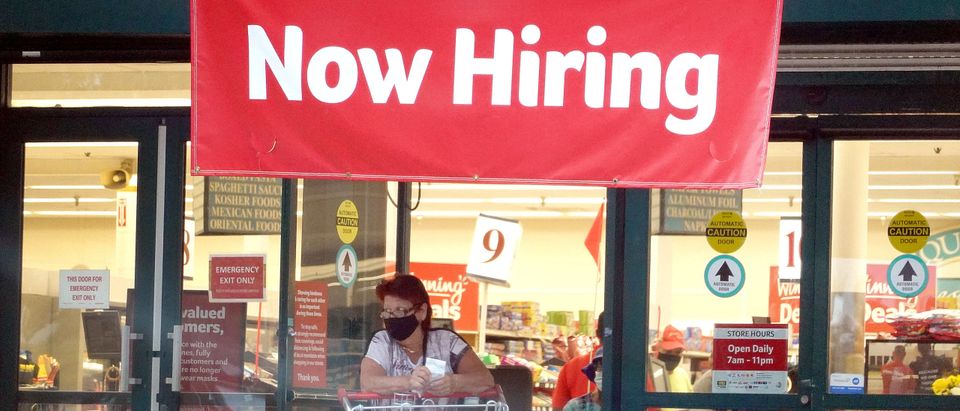The U.S. labor market cooled once again in September, adding the fewest jobs this calendar year, according to a Friday morning report from the Bureau of Labor Statistics (BLS), fueling investor hopes that the Federal Reserve might reduce the intensity of its anti-inflation campaign.
The U.S. added 263,000 jobs in August, slightly higher than investor expectations, a meaningful drop from August’s addition of 315,000, and half the 528,000 added in July, according to the BLS. The unemployment rate edged down to 3.5% in September, from 3.7% in August, with 5.8 million Americans currently unemployed, beating investor expectations, (RELATED: Wages Took Their Worst Hit In 25 Years: REPORT)
The decline in job growth is another sign that the red-hot labor market is beginning to cool after job openings plunged 10% to 10 million in September from 11.1 million in August, according to a Tuesday BLS report. This slowdown is likely to be welcomed by investors, who hope that loosening labor conditions might prompt the Federal Reserve to reduce the intensity of its anti-inflation campaign, according to CNBC.
BofA: Clients are asking if we foresee an imminent shift from the Fed “given other central banks’ actions and the sharp risk asset moves. We think these concerns are misplaced and that the Fed’s job is still far from over. The Fed will keep hiking until the labor market cracks.”
— Nick Timiraos (@NickTimiraos) October 6, 2022
Members of the Federal Open Market Committee, the Fed group that sets its policy on interest rates, have been consistent in their messaging that high interest rates and elevated levels of inflation are expected to last at least another several months. The battle against inflation is still “in the early days,” said President Raphael Bostic of the Federal Reserve Bank of Atlanta, according to CNBC.
Wages grew by 5% over the past 12 months in September without accounting for inflation, according to the BLS. In August, wages were up 5.2% over the previous 12 months, without accounting for inflation, but once inflation and a reduction in the average hours worked were considered, earnings actually decreased by 2.8% in August, according to the Bureau of Labor Statistics.
“Despite the stronger wage growth due to the tightness of the labor market, a majority of workers are finding their wages falling even further behind inflation,” Fed researchers wrote in a Tuesday report on wage growth published by the Federal Reserve Bank of Dallas on Tuesday.
A small minority of workers saw significant real wage growth, while the proportion of workers who saw wages decline fell slightly from pandemic-era highs to 53.4%, the highest rate since 2011, the Fed researchers reported. Amongst those that saw wages decline, the median decline was 8.6%, far greater than the typical range of a 5.7% to 6.8% decline seen in the past 25 years.
Earnings data for September is due on Oct. 13, alongside inflation data in the Consumer Price Index (CPI), a measure of the inflation faced by typical urban households in the U.S.
All content created by the Daily Caller News Foundation, an independent and nonpartisan newswire service, is available without charge to any legitimate news publisher that can provide a large audience. All republished articles must include our logo, our reporter’s byline and their DCNF affiliation. For any questions about our guidelines or partnering with us, please contact licensing@dailycallernewsfoundation.org.


